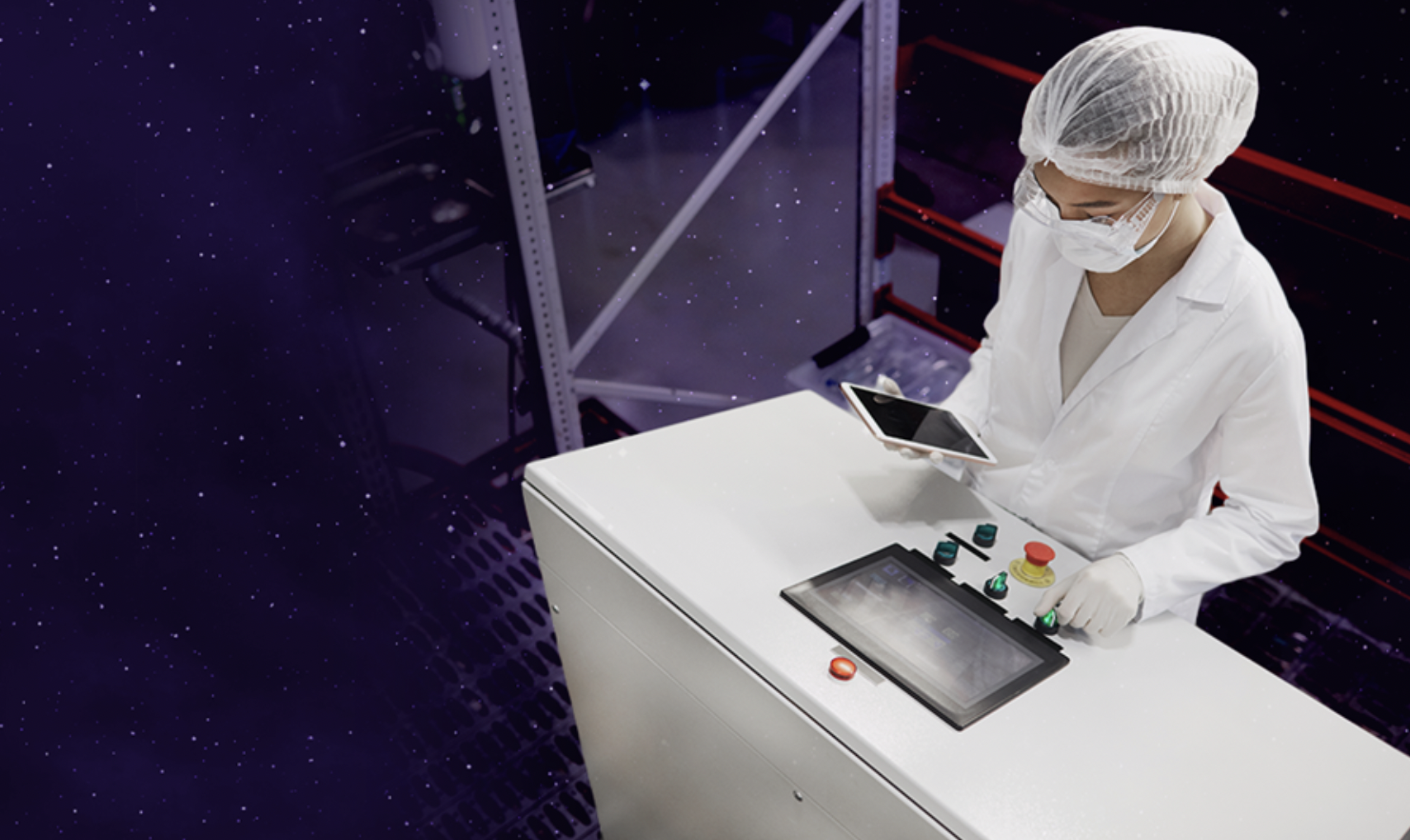Whew! With 2020 in our rearview mirror, the service industry has a lot to look forward to in the new year, including an even faster pace of technology adoption to further improve service outcomes. We’ve had the privilege of talking to many service leaders and experts over the last few months, and are imbued with an overwhelming sense of optimism for the industry, the workforce, and the great pivots we’ve seen taking place.
We’ll admit, we were not exactly prescient with last year’s predictions, but like you, we’ve spent a year devoted to the rapidly changing needs of the field service workforce. Given what we’ve learned, and what we know is still to come, these are the top trends that experts are predicting will make the biggest impact on service in 2021.
Transformation Keeps Its Foot On The Accelerator
“The COVID-19 crisis has brought about years of change in the way companies in all sectors and regions do business.” That’s according to the recent McKinsey Global Survey, companies have accelerated the digitization of their customer and supply-chain interactions and of their internal operations by three to four years.
We’ve seen this across industries. Where one or two years ago a service transformation project had a 5-year timeline, those timeless have shrunk significantly in order to keep up with the pace of change, especially around customer expectations.
Artificial Intelligence And Other Tech Investments Focus On Rapid Value
As part of the focus on increasing the speed of rollouts, companies have become increasingly savvy about how to implement tech investments in deliberate stages to reap the most reward within the shortest amount of time.
When analysts looked at how, in 2020 amid big disruptions, service organizations and manufacturers sought to optimize costs and build resiliency, targeted investments in technology were a common thread.
“What is most intriguing throughout this crisis is organizations that had digitally transformative initiatives in place were quicker to return to growth [compared to] those that had limited capabilities around technology. Digital transformation within organizations has allowed organizations to accelerate the resiliency, and they were able to more quickly lay the foundation for the next normal,” said IDC Research Director Aly Pinder Jr. on a recent webinar discussing challenges and opportunities for service in 2021.
When it comes to AI investments there was a historic disconnect between what executives say they want and what they ended up doing.
Bain research conducted in 2019 found that 90% of tech executives viewed AI and machine learning as priorities, but nearly as many (87%) also said they were not satisfied with their company’s current approach to AI.
For example, in our recent webinar Adan Deroche and Peter Tregarthen of Sysmex, the service leaders talked about their own journey to AI adoption. When they attempted to build an AI tool in-house, they realized that it would require them to “hire an army to curate our data and make it usable.”
To speed up adoption, companies like Sysmex are investing in AI technology purpose-built for the service sector. These tools are faster to deploy and scale, easier for all levels of the workforce to use, and its success does not require a team of internal data scientists and engineers.
The Remote Revolution Continues
Workforce and customer shifts continue to drive demand for remote service capabilities and hybrid work teams. Service organizations are looking to answer the following questions:
- How can technology help technicians figure out the problem before they go on site?
- How can a hybrid setup help techs do their job faster once they arrive?
- How can we leverage service data to make all of this a reality?
“We’ve seen that even in manufacturing industries where remote work was only about 1.5 percent of the workforce just 12 months ago, now just under one-third of workers remain remote,” says Pinder. “Even in manufacturing, preparing for remote will continue to be a challenge for businesses. Remote work, I think, is here to stay”.
Pinder also points out that customers will have varying levels of comfort with inviting technicians or third-party workers onsite. And even if they are comfortable with in-person interactions, many will want to keep those visits as short as possible.
This means that the success of service organizations depends on having the right information instantly accessible to solve customer problems. At the core of remote and hybrid service will be artificial intelligence and machine learning tools, designed to streamline service planning and execution. The ultimate goal? To enable contactless and remote support even before failures occur. These enhanced services are the future.
Service Becomes Increasingly Proactive And Predictive
Future-looking service organizations are driving towards more planned and predictive models which will allow for more strategic workforce planning, fewer site visits, and more steady streams of revenue.
AI technology is a key factor in making that move for several reasons.
- First, organizations need to better collect and analyze data in order to move from a break-fix model to a proactive one.
- Second, the skills gaps has been a consistent hurdle over the last few years in service. Technology that helps democratize knowledge, bringing the entire workforce up to the level of seasoned pros is a crucial step to improving service outcomes.
We look forward to watching these trends, and new ones, unfold as service pros hone in on creative solutions to longstanding challenges.
Recent Posts
-

AI and Shift Left Will Propel Success in Medical Device Service, Says New Aquant Report
Read More »March 05, 2024 Janice Camacho








